Drawing from a comic script can be intimidating. During my early studies of comics, I asked a ton of questions like: Where do I start? What camera angle should I use for this panel? Should this panel be small or large? What's the most effective page layout? Although these questions are valid, the answers were staring me right in the face. In good comic scripting, the panels are cleverly outlined for you. It is the artist's job to interpret the writing into cool and interesting sequential images.
During this stage, I rarely stick to my first idea. I highly suggest throwing around a ton of ideas before committing to one. Sticking to a problematic idea can lead to unnecessary stress and, ultimately, wasted time.
Scribbling on the Script:
When dissecting a script, I read it multiple times then take notes. Next, I loosely sketch out key moments in the panels.
Panel sizes depend on the importances and information. Establishing shots don't have to be the largest panel on the page. They should be used to "establish" the props for the page. In page one of this Texas Chainsaw Massacre script, I've ranked them by importance for panel sizing.
- Panel four (4), "the reveal".
- Panel one (1), establishing shot
- Panel three (3)
- Panel two (2)
Things to consider when planning a comic page:
- Number of panels on the page
- Story Beats in the script
- Description of the Establishing panel
- Main action for each panel
- Best camera angle to convey the appropriate emotion
- Pacing of the comic page
- Making room for Dialogue balloons
- Creating a focal point in the panel
- Experiment with unique page and panel layouts
After I've plotted out my steps, I move on to the thumbnail stage.
Stay tuned for my next post!
